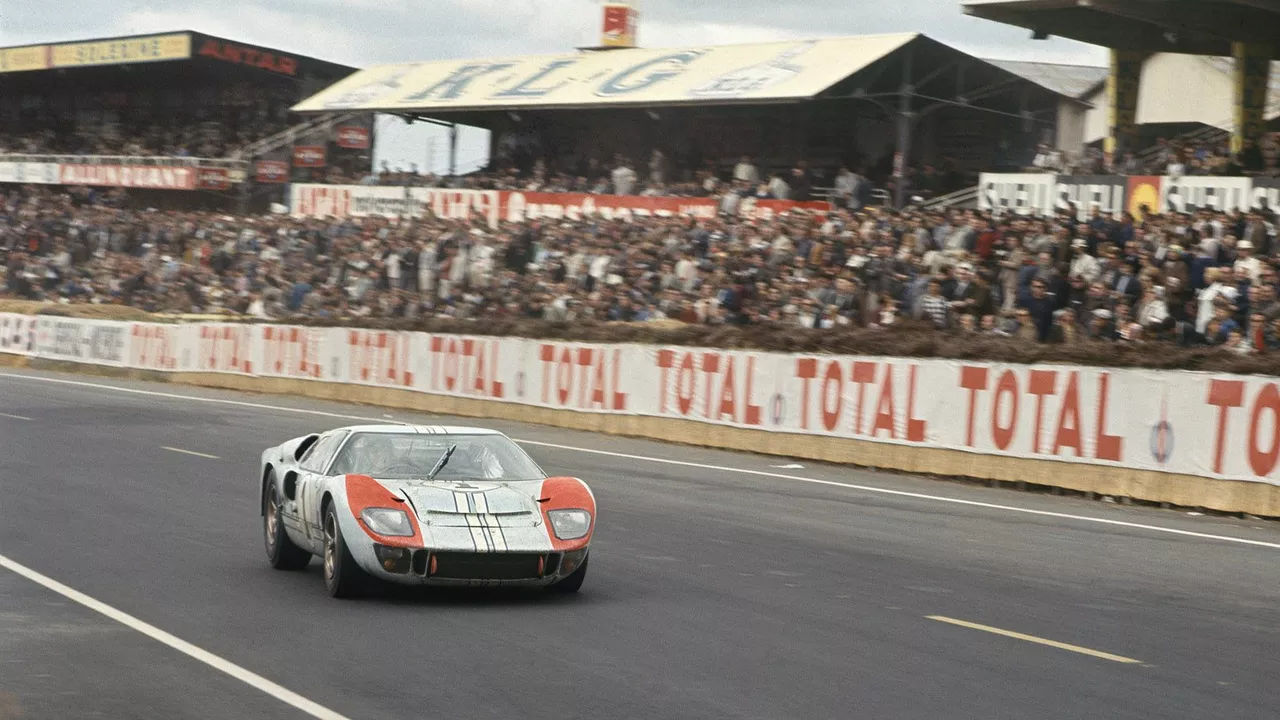July 2023 Motorsports Round‑up
July was a busy month at Speedway Motorsports UK. We dropped four fresh posts that covered everything from classic Le Mans drama to modern IndyCar strategy and even a look at why Formula 1 hasn’t caught on in America. If you missed any of them, here’s the low‑down so you can catch up in a few minutes.
Ken Miles’ surprising Le Mans finish
One of the standout stories was the deep dive into Ken Miles’ second‑place finish at the 1966 Le Mans race. Most fans assume a loss at such a big event means a mistake, but the reality is a bit more quirky. Ford’s three leading cars tried to cross the line together for a picture‑perfect finish. Miles, ever the team player, slowed to stay with his teammates, and that move let a car that started behind log a longer distance. The result? A silver medal for Miles and a legendary ‘what‑if’ for racing fans.
IndyCar deep dive and F1 US questions
Our IndyCar piece unpacked the sport’s hidden layers. We talked about the razor‑sharp driver skill needed to master those high‑downforce machines, the tech that pushes horsepower to the limit, and the split‑second team decisions that can win or lose a race. Readers loved the behind‑the‑scenes look at how engineers tweak aerodynamics on the fly and how fan culture fuels the excitement on race day.
Right after that, we tackled a hot topic: why Formula 1 still isn’t a mainstream fixture in the United States. The post covered three main hurdles – fierce competition from NASCAR, sky‑high hosting costs, and the perception that F1 is an elite European sport. We also noted a shift in attitude, with more U.S. fans tuning in thanks to Netflix’s “Drive to Survive.” The article suggests we might see more U.S. Grand Prix events in the near future if the momentum keeps growing.
Even though it’s not about racing, we had a surprise health post that made its way into the July archive. It explained why some people wake up with numb feet, pointing to poor circulation, nerve issues, or even sleeping positions. The piece reminded readers to check with a doctor if the tingling sticks around, a useful reminder for anyone who spends long hours behind the wheel.
All four posts share a common thread: they break down complex topics into bite‑size, easy‑to‑understand stories. Whether you’re a lifelong gearhead or just curious about why a 1960s driver slowed down for a photo, the July archive aims to satisfy that curiosity without drowning you in jargon.
Looking ahead, we’ll keep digging into the stories that shape motorsport today. Expect more race‑by‑race breakdowns, driver interviews, and maybe a few more off‑track health tips for those who love the sound of revving engines. Stay tuned, and keep the conversation rolling in the comments.
Got a question about any of these topics? Drop us a line – we love hearing what sparks your interest. And if you haven’t already, subscribe to get the latest posts straight to your inbox, so you never miss a gear shift in the world of motorsports.



